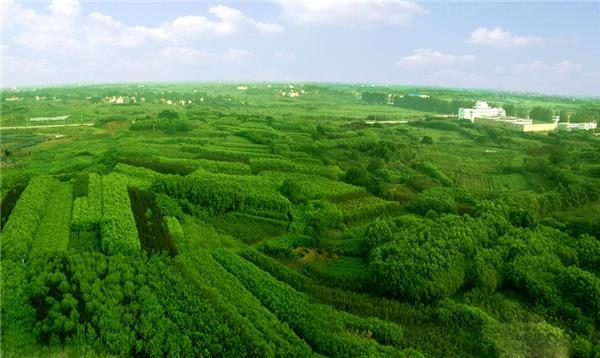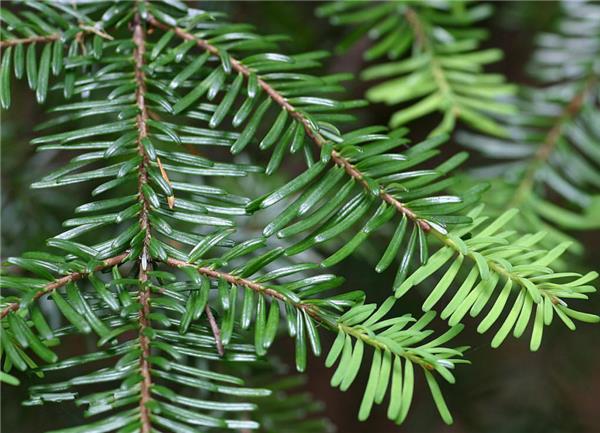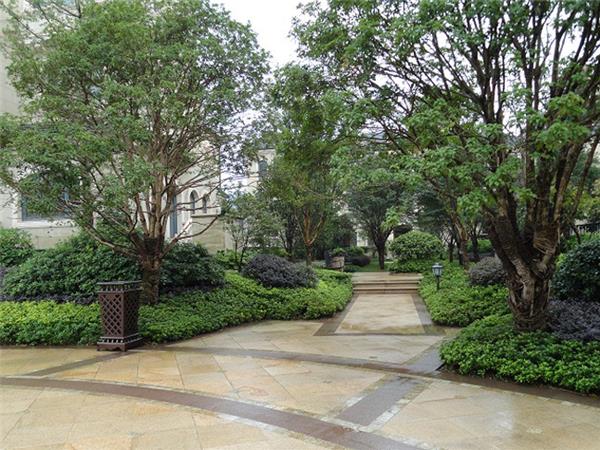Management and maintenance of seedlings and flowers in different periods and different occasions
Whether the seedlings and flowers are cultivated in pots or in the open, how to spend the hot summer is a huge test for them, especially in water and fertilizer management, it is necessary to treat them differently.

Water and Fertilizer Management of seedlings and Flowers in Summer
Watering: for flowers that enter semi-dormant state in summer (safflower sorrel, geranium, inverted golden bell, magnolia, calla lily, begonia, etc.) when the temperature is more than 30 ℃, because of their weak growth activity and low metabolic level, it is necessary to reduce watering and keep the basin soil moist. The species of deep dormancy (cyclamen, Lycoris, buttercup, Dutch peony, etc.) are expressed as aboveground stems and leaves withered, underground nutrient fibrous roots withered, underground stems or tubers dormant in the soil for the summer, which must be stopped watering and moved to a cool place. just keep the basin soil not too dry.
Fertilization: for those dormant or semi-dormant flower species, it is necessary to stop applying fertilizer; especially for those succulent flower species, such as jade leaves, crab claw orchid, crystal cactus, cactus pen, squirrel tail, pine chrysanthemum, leopard skin flower, Sedum, etc., when the temperature reaches more than 35 ℃, stop fertilization to avoid decay. For species with exuberant growth, such as tortoise back bamboo, hanging orchid, bamboo, kidney fern, iron tree, one-leaf orchid, green emperor, rubber tree, Anthurium, red back cinnamon, brown bamboo, southern fir, Brazilian iron, lemon, kumquat, pomegranate, crape myrtle, firethorn, etc., thin cake fertilizer and water retting thoroughly can be applied every other month, and the species that are blooming should also be applied with appropriate amount of phosphate and potassium fertilizer to meet their growth, flowering and fruit hanging needs.

Common garden seedlings and flowers
Cornus officinalis flowering: flowering Cornus officinalis is a popular ornamental tree beautification. Its spring flowers are graceful and well received by wild woodland and architectural environment. An interesting feature of dogwood flowers is that the gorgeous part is not the petals, but the so-called bracts. Bracts are like the flowers of many plants, usually ordinary parts. During the growing season, flowers mature into clusters of red fruits that are both beautiful and provide food for birds.
Japanese maple: Japanese maple is a small deciduous tree. But the difference with dogwood is that the Japanese maple chose its leaves and form rather than the example of its flowering tree. Irregular branching pattern, leaf shape and color make Japanese maple an ideal landscape tree. Overall, its quality and characteristics summarize the appearance and feel of the Japanese garden as much as or more than any other tree species.
East hemlock: East hemlock is an evergreen coniferous tree that has been widely used by gardeners. Because it is usually densely branched and leafy, eastern hemlock makes it a very effective visual and auditory frame for ecological perception. Unlike flowering dogwood and Japanese maple trees, eastern hemlock will grow into a big tree in its common form.

Basic requirements for greening management of seedlings and flowers in residential areas
1. To ensure the normal growth of plants. The management of plant diseases and insect pests, water and fertilizer should be strengthened to ensure that plant diseases and insect pests are not rampant, that plants grow normally and that there is no obvious bad growth phenomenon.
two。 Strengthen the cleaning of dead branches and yellow leaves and the work of greening and cleaning. In order to ensure the environmental improvement and safety of the community, the withered branches and yellow leaves of garden plants should be removed in time, the scope of garden green space should be cleaned and cleaned, and large trees should be cleaned and pruned every year to remove bitter branches. Before the disaster weather comes, the garden trees of the properties under their jurisdiction should also be inspected to prevent them from causing potential harm to the owners and property users.
3. Timely transformation of greening plants that hinder the activities of owners and property users, so as to reduce the harm caused by human trampling on greening. If the trees of traffic roads are pruned properly, the distribution of garden roads which have an obvious impact on the normal life of residents caused by unreasonable design will be rationalized. This is not only convenient for owners and property users, but also reduces the pressure on greening and replanting of property companies.
4. Create a community environmental culture and strengthen the publicity of greening and protection. It is necessary to publicize major flowers and trees, and guide owners to actively participate in greening management, so that greening management can achieve twice the result with half the effort.

In addition to the dogwood, Japanese maple, eastern hemlock and so on listed above, there are also some common rattan herbs, such as Robinia pseudoacacia, Sabina vulgaris, and some common rattan herbs, which can be widely used in landscaping and greening of residential areas. courtyard planting is also possible, and you can choose what you like to plant.
There are some, such as Robinia pseudoacacia, Sabina vulgaris, some common vines and herbs, which can be widely used in landscaping and residential greening. Courtyard planting is also possible, and you can choose what you like.
- Prev

The pruning method of Populus tomentosa balls is introduced in detail.
The pruning method of Populus tomentosa balls is introduced in detail.
- Next

The harm of longicorn beetles to plants and the control methods of longicorn beetles
The harm of longicorn beetles to plants and the control methods of longicorn beetles
Related
- Wuhan Hospital Iron Tree Blooming Result Was Instantly Frightened by the Gardener Master
- Which variety of camellia is the most fragrant and best? Which one do you like best?
- What is the small blue coat, the breeding methods and matters needing attention of the succulent plant
- Dormancy time and maintenance management of succulent plants during dormancy
- Minas succulent how to raise, Minas succulent plant pictures
- What are the varieties of winter succulent plants
- How to raise succulent plants in twelve rolls? let's take a look at some experience of breeding twelve rolls.
- Attention should be paid to water control for succulent plants during dormant period (winter and summer)
- Watering experience of twelve rolls of succulent plants
- Techniques for fertilizing succulent plants. An article will let you know how to fertilize succulent plants.

